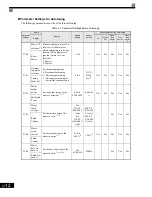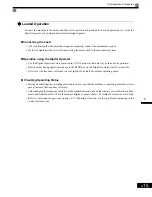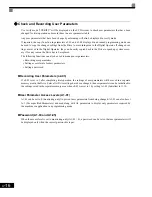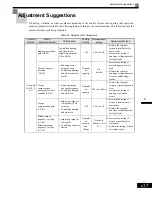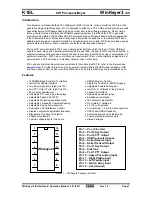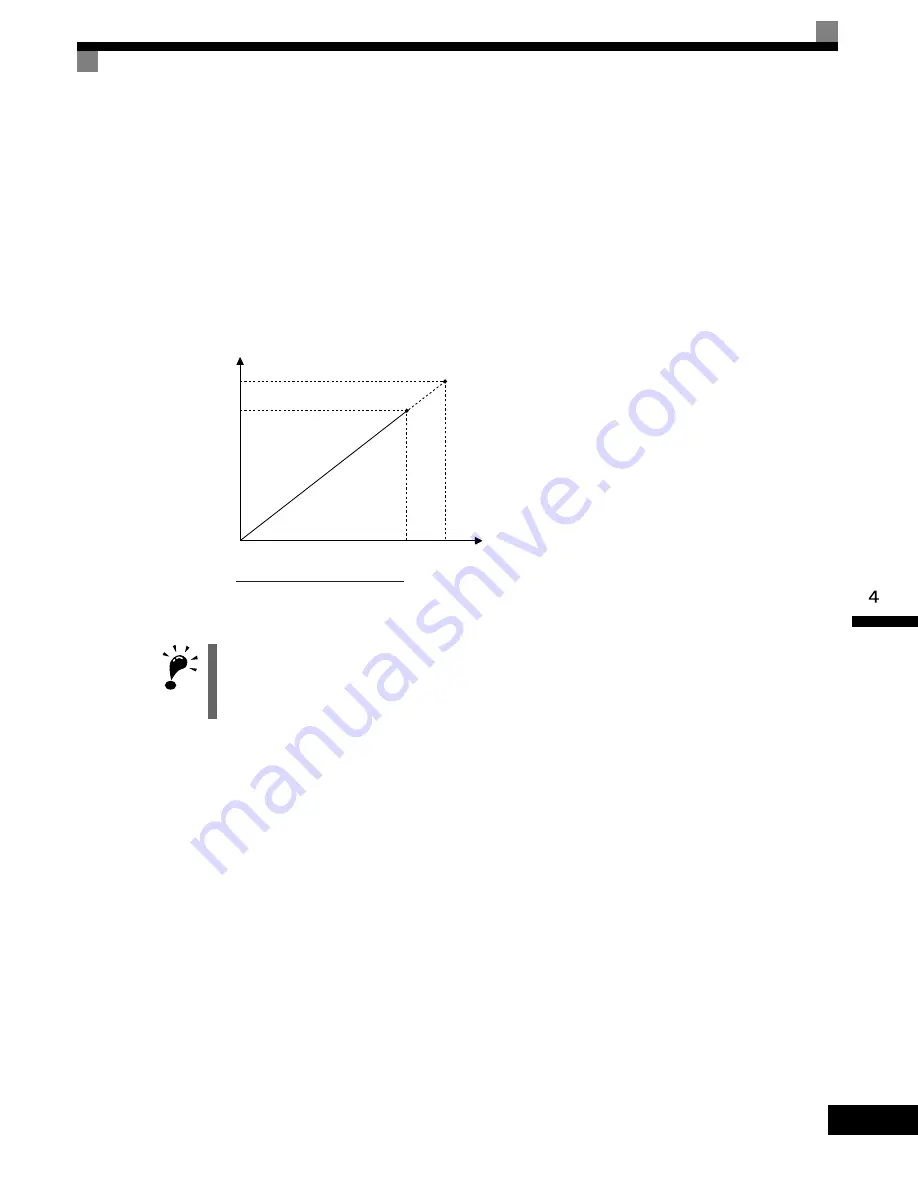
Trial Operation Procedures
4-
11
Precautions for Rotational and Stationary Autotuning
Lower the base voltage based on
to prevent saturation of the Drive’s output voltage when the rated
voltage of the motor is higher than the voltage of the power supply to the Drive. Use the following procedure
to perform autotuning.
1. Input the voltage of the input power supply to T1-03 (Motor rated voltage).
2. Input the results of the following formula to T1-05 (Motor base frequency):
(Base frequency from the motor’s nameplate
setting of T1-03)/(Rated voltage from motor’s nameplate)
3. Perform autotuning.
After completing autotuning, set E1-04 (Max. output frequency) to the base frequency from the motor’s name-
plate.
Fig 4.4 Motor Base Frequency and Drive Input Voltage Setting
Precautions after Rotational and Stationary Autotuning
If the maximum output frequency and base frequency are different, set the maximum output frequency (E1-
04) after autotuning.
IMPORTANT
1. When speed precision is required at high speeds (i.e., 90% of the rated speed or higher), set T1-03 (Motor
rated voltage) to the input power supply voltage
0.9.
2. When operating at high speeds (i.e., 90% of the rated speed or higher), the output current will increase as
the input power supply voltage is reduced. Be sure to provide sufficient margin in the Drive current.
Output voltage
Output frequency
Rated voltage from
motor nameplate
T1-03
0
Rated voltage from motor nameplate
Base frequency
from motor nameplate
T1-03
Base frequency
from motor nameplate
Summary of Contents for CIMR-G7U
Page 2: ......
Page 7: ...v...
Page 32: ...1 18...
Page 90: ...3 16...
Page 112: ...4 22...
Page 382: ...6 164...
Page 410: ...7 28...
Page 454: ......
Page 455: ......
















